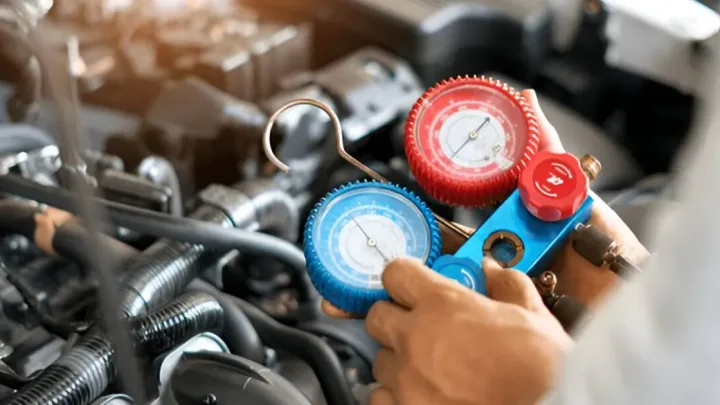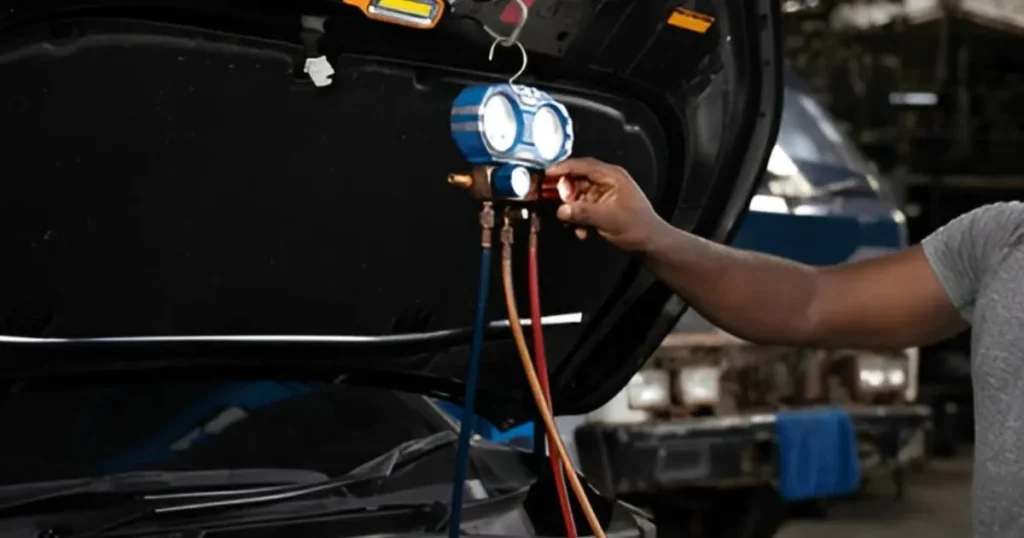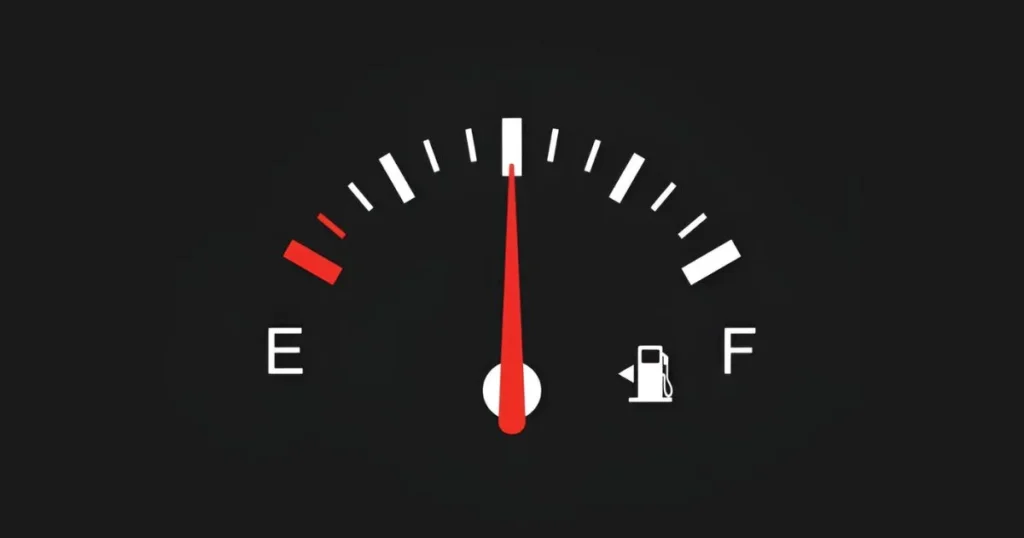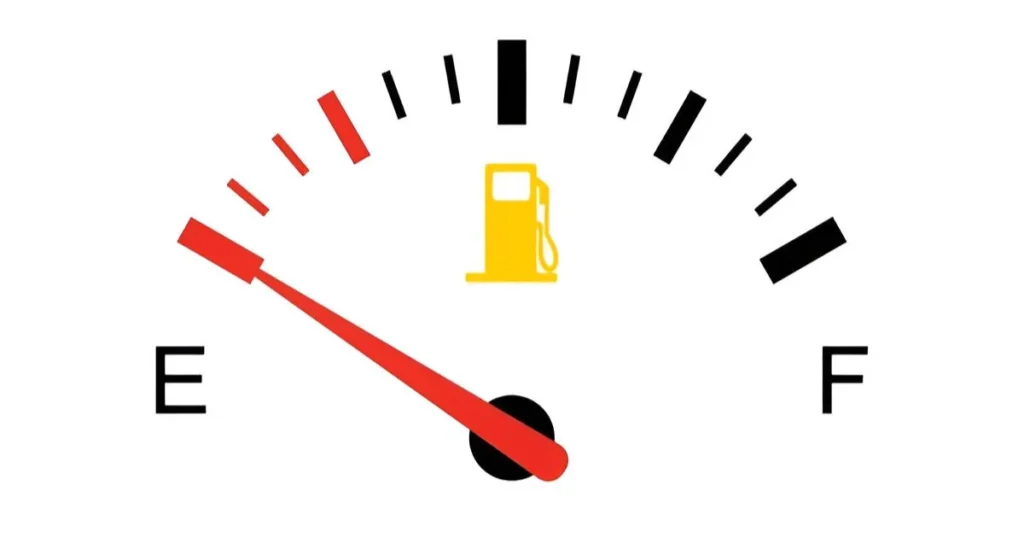
To use a digital car manometer, connect it to the tire valve and read the pressure on the display. Ensure the device is calibrated for accurate readings.
A digital car manometer is an essential tool for maintaining optimal tire pressure, which is crucial for safe driving and fuel efficiency. Car owners and mechanics rely on this device to measure the amount of air pressure in a vehicle's tires.
Easy to use and more precise than analog gauges, digital manometers offer quick readings with minimal effort. Simply attaching the gadget to each tire's valve stem delivers instant feedback on the tire's health. Regular checks with a digital manometer can help extend tire life, enhance vehicle performance, and even reduce the risk of tire-related accidents. It's a small investment that can lead to significant savings and improved road safety.
Introduction To Digital Car Manometer
Digital car manometers are modern devices. They measure tire pressure. Proper tire pressure ensures safety. It also improves vehicle performance. This tool is a must for every car owner.
Essential Tool For Tire Maintenance
Maintaining correct tire pressure is critical. A digital car manometer makes it easy. It offers quick and precise readings. This tool helps to extend tire life. It also helps to maintain fuel efficiency.
Benefits Of Accurate Tire Pressure
- Improved safety: Correct pressure prevents tire blowouts.
- Better handling: It ensures smooth vehicle handling.
- Reduced wear: It prevents uneven tire wear.
- Fuel savings: Properly inflated tires improve mileage.
- Environmentally friendly: It reduces emissions.
Selecting The Right Digital Car Car Manometer
Selecting the right digital car manometer is crucial for accurate tire pressure measurements. A suitable device ensures safety and optimizes fuel consumption. This guide helps you choose the perfect manometer.
Key Features To Consider On Car Manometer
Accuracy is paramount. Look for devices with a low margin of error. Durability matters for long-term use. Choose manometers with robust construction. Easy-to-read displays offer convenience, especially in low light. Consider models with backlit screens. User-friendly interfaces ensure quick, hassle-free measurements. Lastly, portability is key for on-the-go checks.
- Accuracy: Essential for correct readings.
- Durability: Ensures device longevity.
- Easy-to-read displays: Crucial for clear readings.
- User-friendly: Simplifies operation.
- Portability: Allows easy transport.
Comparing Popular Models
| Model | Accuracy | Durability | Display | User-Friendly | Portability |
|---|---|---|---|---|---|
| Model A | ±1% | High | LED | Yes | Compact |
| Model B | ±0.5% | Medium | LCD | Yes | Pocket-size |
| Model C | ±2% | Low | Backlit | No | Medium |
Compare models before buying. Consider your needs. A model with ±0.5% accuracy and a backlit LCD screen might be best. Always prioritize accuracy and ease of use.

Preparing Your Vehicle For Pressure Measurement
Preparing your vehicle for pressure measurement is crucial. A digital car manometer helps ensure tire pressures are optimal. This boosts safety and fuel efficiency. Follow these steps for accurate results.
Safety First: Parking And Precautions
Park your car on a flat, hard surface. Turn off the engine. Apply the parking brake. Ensure tires are cool for consistent readings. Avoid checking right after driving. Hot tires skew results.
Ideal Conditions For Accurate Readings
Measure in the morning for consistency. Temperatures are stable. This avoids sunlight and daily heat affecting tire pressure. Use a quality digital manometer. Follow the manufacturer's instructions for best performance.
Step-by-step Guide To Using A Car Manometer
Checking tire pressure is vital for your car's health. A digital car manometer makes this easy. Follow these steps to ensure accurate readings.
Powering On And Calibration
- Power on your manometer using the 'On' button.
- Wait for the display to stabilize.
- Select the correct unit of measurement (PSI/BAR/KPA).
- Use the 'Calibrate' button if necessary.
- Ensure the device reads zero before use.
Attaching To Tire Valves Correctly
- Remove the valve cap from the tire.
- Press the manometer’s nozzle onto the valve stem.
- Hold it straight to avoid air leakage.
- Read the pressure and compare it with recommended levels.
- Remove the device and replace the valve cap.

Interpreting The Readings
Using a digital car manometer requires understanding the readings. The device shows tire pressure in PSI units. Proper interpretation ensures tire safety and performance.
Understanding Psi Units
PSI stands for Pounds per Square Inch. It measures air pressure within tires. Car manufacturers specify optimal PSI levels. Check your vehicle manual for these details.
When To Inflate Or Deflate
- Inflate if PSI is below the recommended level.
- Deflate if PSI exceeds the necessary amount.
Regular checks prevent tire wear. They also ensure better fuel efficiency. Use the manometer before long trips or once a month.
| PSI Reading | Action |
|---|---|
| Below recommended | Inflate tires |
| Above recommended | Deflate slightly |

Troubleshooting Common Issues on
Troubleshooting common issues with a digital car manometer ensures accurate tire pressures. Let's address two typical problems.
Dealing With Inconsistent Readings
Inconsistent readings can confuse users. Follow these steps:
- Check the manometer's battery level.
- Ensure the device is calibrated correctly.
- Clean the valve connector for a solid seal.
- Take multiple readings to confirm accuracy.
Bold numbers mean correct tire pressure. If numbers jump, recalibrate your device.
Car Manometer Error Messages
Error messages on a manometer signal attention. Note common codes:
| Error Code | Meaning |
|---|---|
| E1 | Low battery |
| E2 | Pressure reading error |
| E3 | Temperature error |
| E4 | Sensor failure |
For error messages, try these fixes:
- Replace the battery if you see E1.
- Reset the device for E2.
- Move to a stable temperature for E3.
- Contact support for E4.
Maintenance And Care For Your Car Manometer
Keeping your digital car manometer in top shape is crucial. Proper maintenance and care ensure accuracy and longevity. Learn the best practices for cleaning, storage, and battery management.
Cleaning And Storage Best Practices
Clean your manometer regularly. Use a soft, dry cloth. Avoid water and harsh chemicals. This prevents damage and keeps the device accurate.
- Turn off the manometer before cleaning.
- Wipe gently with a microfiber cloth.
- Store in a cool, dry place away from direct sunlight.
- Keep in a protective case to avoid dust and scratches.
Battery Life And Replacement
Good battery care extends your manometer's life. Know when to recharge or replace batteries.
| Type of Battery | Life Expectancy | Replacement Indicator |
|---|---|---|
| Rechargeable | 2 years | Reduced performance |
| Non-rechargeable | 1 year | Device won’t turn on |
- Check the user manual for battery type.
- Monitor performance for replacement signs.
- Use only recommended battery types for replacements.
Follow these steps to keep your digital car manometer accurate and reliable.
Advanced Tips For Car Manometer Users
Delving deeper into the use of a digital car manometer can unlock new ways to maintain your vehicle. Advanced users rely on precision and data to enhance their vehicle's longevity. Here's how to make the most of your digital manometer.
Leveraging Data For Long-term Maintenance on Car Manometer
Track pressure changes and patterns over time. Use a spreadsheet or app to record readings. This data highlights potential issues before they become costly repairs.
- Record the date, tire pressure, and any relevant notes.
- Analyze the data monthly to spot trends.
Set reminders to check your vehicle's pressure regularly. This ensures data consistency and reliability.
Expert Tricks For Precise Measurements
Ensure your manometer is calibrated properly before use. Follow the manufacturer's instructions to achieve accuracy.
- Check the device for any signs of damage.
- Use on a cool tire for consistent readings.
Take multiple readings to ensure precision. Compare the average to the vehicle's recommended settings.
Related Post
Top 7 Reasons Your Car Tachometer Might Be Out of Service: Critical Insights
Expert Tips: Master Car Maintenance with a Vacuum Gauge!
Car Temperature Gauge Drops: Quick Fixes & Tips
Why Your Car Water Temperature Meter Safeguards Engine Health
Conclusion
Mastering the use of a digital car manometer can save you time and ensure your vehicle's tires are in peak condition. Embrace this savvy tool to maintain optimal tire pressure, enhancing safety and efficiency on the road. Keep checking, stay informed, and drive with confidence
Disclosure
Some links may be affiliate links. That means we may earn a small commission at no extra cost to you.